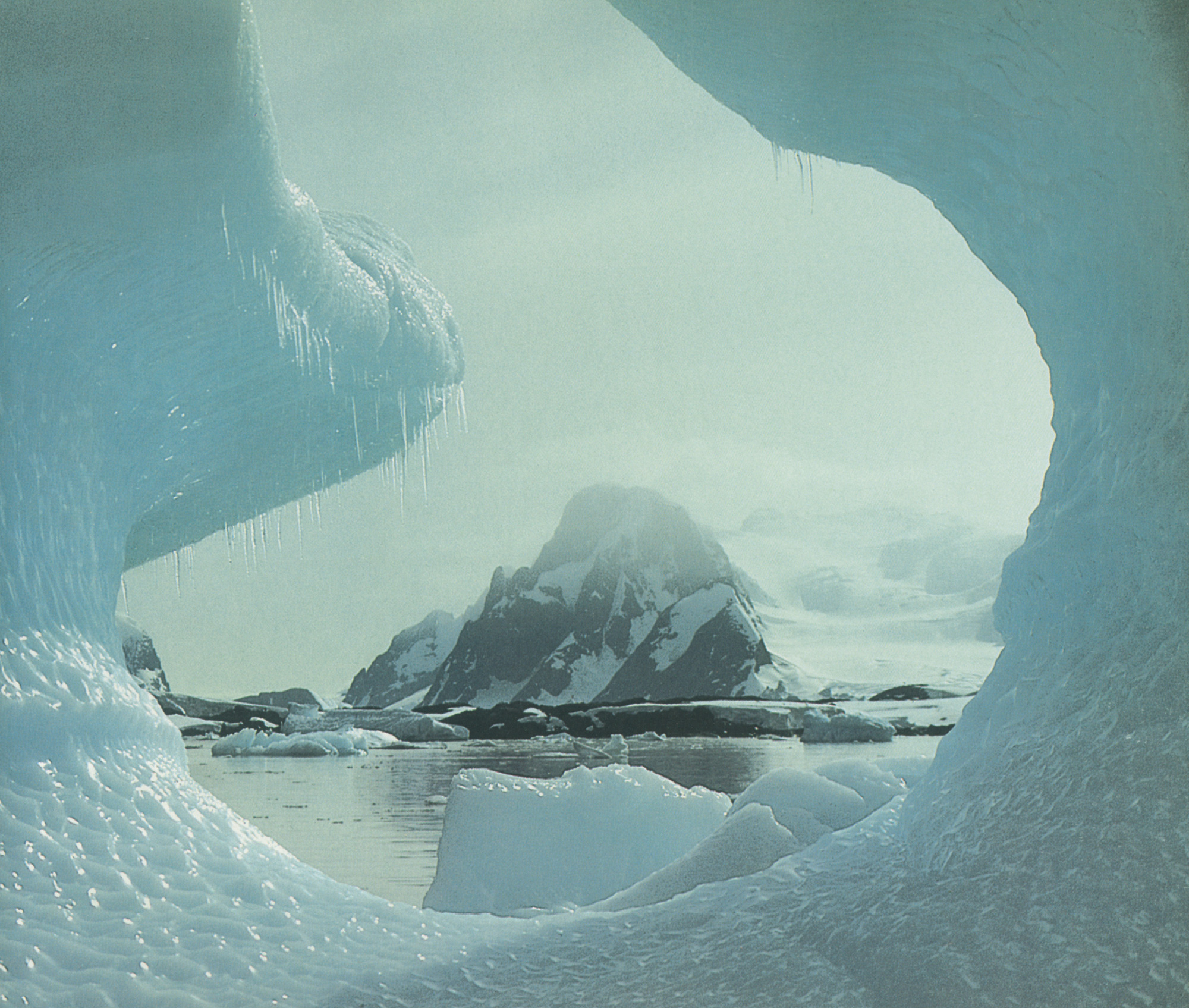A Topical Paradise
Literary archipelagos since the great age of exploration
Hernán Díaz

In a fully charted world, it seems hard to think of any place that remains truly isolated, completely detached and sealed off within its geographic, historic, and linguistic confines. Even being encircled by water no longer seems a sufficient condition for isolation. In a way, this has always been the case: just by being seen from elsewhere, an island loses part of its insularity, since this gaze connects it to the outside—and if the spectator is foreign, it will probably be named in a new language and included in some form of cartographic representation, both of which are already bridges to other lands. In other words, it wouldn’t be excessive to claim that no one has ever seen a truly isolated island, and that these are entirely fictional spaces, possible only in literature.
As mere geographical accidents, islands do not pose significant questions to literature. It is just a geological happenstance that Strange Case of Dr. Jekyll & Mr. Hyde, for instance, or A Rage in Harlem takes place on an island. One could even claim that Britain and Manhattan are not islands: despite being surrounded by water, they are far from being isolated, and each in its own way has expanded beyond its shores. “They say Britain is an island too, a great island. But that is a mere geographer’s notion. The earth under our feet is firm in Britain, as it never was on Cruso’s island,” says Susan Barton, the castaway in Coetzee’s Foe.[1]
If islands have been so pervasive throughout literary history, however, it is because they are a perfect “topic.” Originally, topos meant only “place”; later its meaning was extended to also become a metaphor for “traditional motif or theme.” This is exactly the trajectory of literary islands: they are places that have become commonplaces. And the “traditional motif or theme” that these places represent is isolation. The geographical and the rhetorical topic superimpose. Put differently: insulation is the commonplace representation of isolation. Islands are literal metaphors.
What does literature find in islands that it does not find in other topoi of confinement like, say, prison cells or mountaintops? What is literature free to say in isolation? What is insular literature? Perhaps the answer lies on the shore. An insular shore is always a critical edge, a line of resistance against the outer agents (natural or historical) constantly threatening the island with annihilation. Topical islands are figures of radical isolation with at least four shores that resist four different forms of continental inscription or graphs: spatial (geographs), historic (chronographs), linguistic (phonographs), and textual (paragraphs).